Portraits of Survival Testimonies
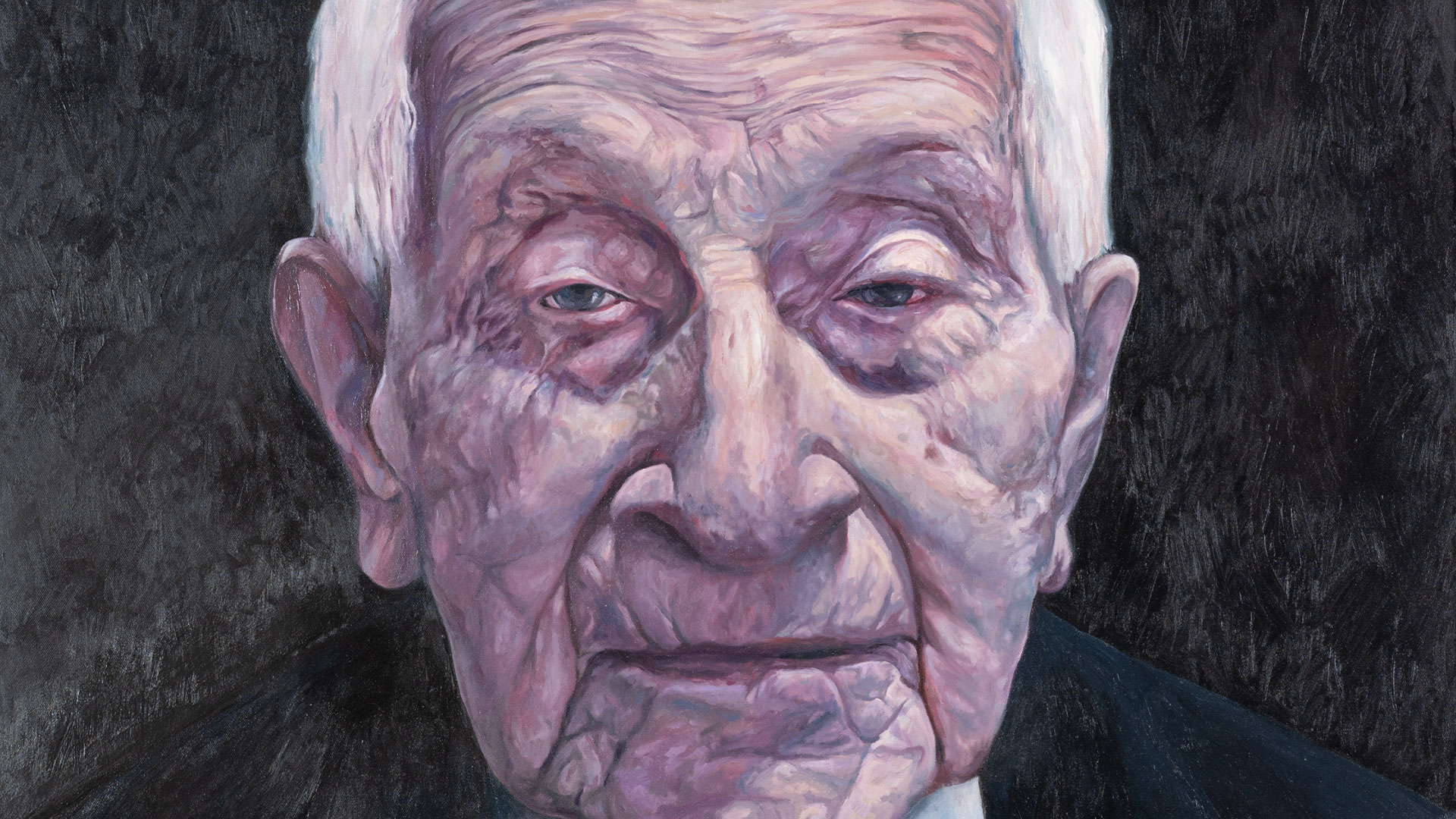
Abram Goldberg OAM
Abe often says his survival is his victory. In Auschwitz, torn from his mother, he promised her he would live and that he would tell. He has kept that promise with stubborn devotion, speaking to tens of thousands of people over his lifetime, ensuring the world could not look away. Together with his beloved Cesia, also a survivor, he built a life in Melbourne filled with love, music, and community. Their home was a gathering place, alive with conversation and celebration, even after so much loss. For me, Abe was the seedling of this project. His boundless energy, humour, and warmth pushed this forward from the very beginning. Sitting with him, I felt the force of someone who had seen the worst of humanity and still chose life.
Abram Goldberg OAM
Abe often says his survival is his victory. In Auschwitz, torn from his mother, he promised her he would live and that he would tell. He has kept that promise with stubborn devotion, speaking to tens of thousands of people over his lifetime, ensuring the world could not look away. Together with his beloved Cesia, also a survivor, he built a life in Melbourne filled with love, music, and community. Their home was a gathering place, alive with conversation and celebration, even after so much loss. For me, Abe was the seedling of this project. His boundless energy, humour, and warmth pushed this forward from the very beginning. Sitting with him, I felt the force of someone who had seen the worst of humanity and still chose life.
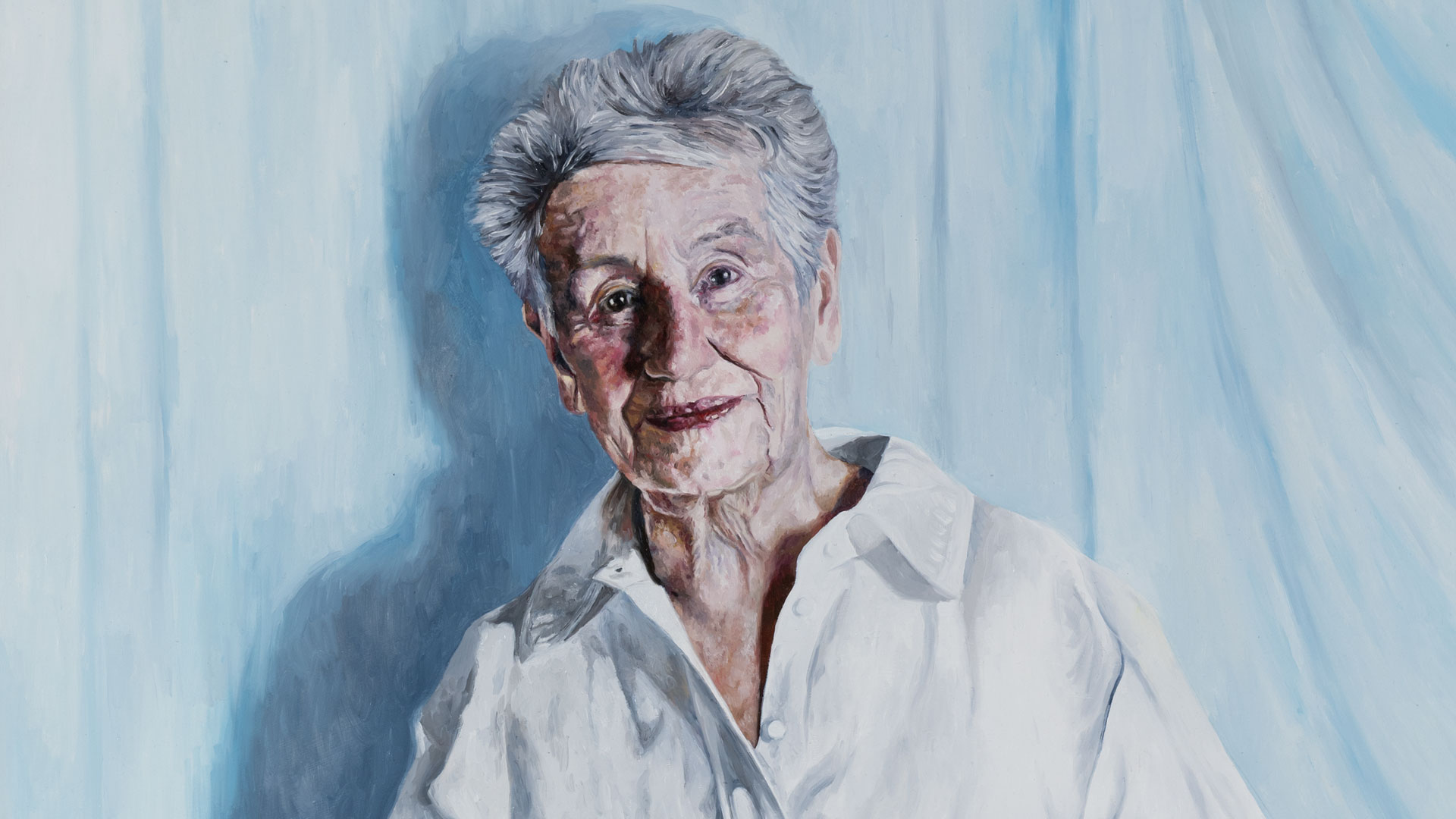
Nina Bassat AM
Nina spent part of the Shoah in the Lwów ghetto with her mother. After escaping the ghetto in 1942 they lived with a Ukrainian woman who courageously posed Nina as her niece and hid Nina’s mother for the remainder of the war. Nina’s testimony honours both the family she lost and those who risked everything to save them. Almost her entire extended family was murdered in Treblinka and Belzec. From that childhood of loss, she became a voice of strength - an advocate for justice and the Jewish people. Nina’s life is both survival and inspiration.
Nina Bassat AM
Nina spent part of the Shoah in the Lwów ghetto with her mother. After escaping the ghetto in 1942 they lived with a Ukrainian woman who courageously posed Nina as her niece and hid Nina’s mother for the remainder of the war. Nina’s testimony honours both the family she lost and those who risked everything to save them. Almost her entire extended family was murdered in Treblinka and Belzec. From that childhood of loss, she became a voice of strength - an advocate for justice and the Jewish people. Nina’s life is both survival and inspiration.

Ester Braitberg
Buba Ester. A soft-spoken tiny woman with a major spark, who is clearly the most loved matriarch of a large and warm family. From Łódź to Auschwitz she carried her mother’s last words - “Esther, run. Don’t let them beat you.” She ran toward life: love in Belgium, a home in Australia, and generations who now carry her story.
Ester Braitberg
Buba Ester. A soft-spoken tiny woman with a major spark, who is clearly the most loved matriarch of a large and warm family. From Łódź to Auschwitz she carried her mother’s last words - “Esther, run. Don’t let them beat you.” She ran toward life: love in Belgium, a home in Australia, and generations who now carry her story.

Sonja Cowan
At sixteen, Sonja boarded a Kindertransport with only a suitcase and her mother’s parting handshake - “I’ll see you in Eretz.” It was the last time they saw one another. That moment shaped her forever. She grew into adulthood in Britain, even serving in the Auxiliary Territorial Service, before meeting her husband Ralph and eventually building a new life in Melbourne. Their home became a place of welcome, filled with daughters, music, and the rhythms of community life. At her 100th birthday, Sonja was surrounded by children, grandchildren, and great-grandchildren. Holding them close, she said she finally felt like somebody.
Sonja Cowan
At sixteen, Sonja boarded a Kindertransport with only a suitcase and her mother’s parting handshake - “I’ll see you in Eretz.” It was the last time they saw one another. That moment shaped her forever. She grew into adulthood in Britain, even serving in the Auxiliary Territorial Service, before meeting her husband Ralph and eventually building a new life in Melbourne. Their home became a place of welcome, filled with daughters, music, and the rhythms of community life. At her 100th birthday, Sonja was surrounded by children, grandchildren, and great-grandchildren. Holding them close, she said she finally felt like somebody.
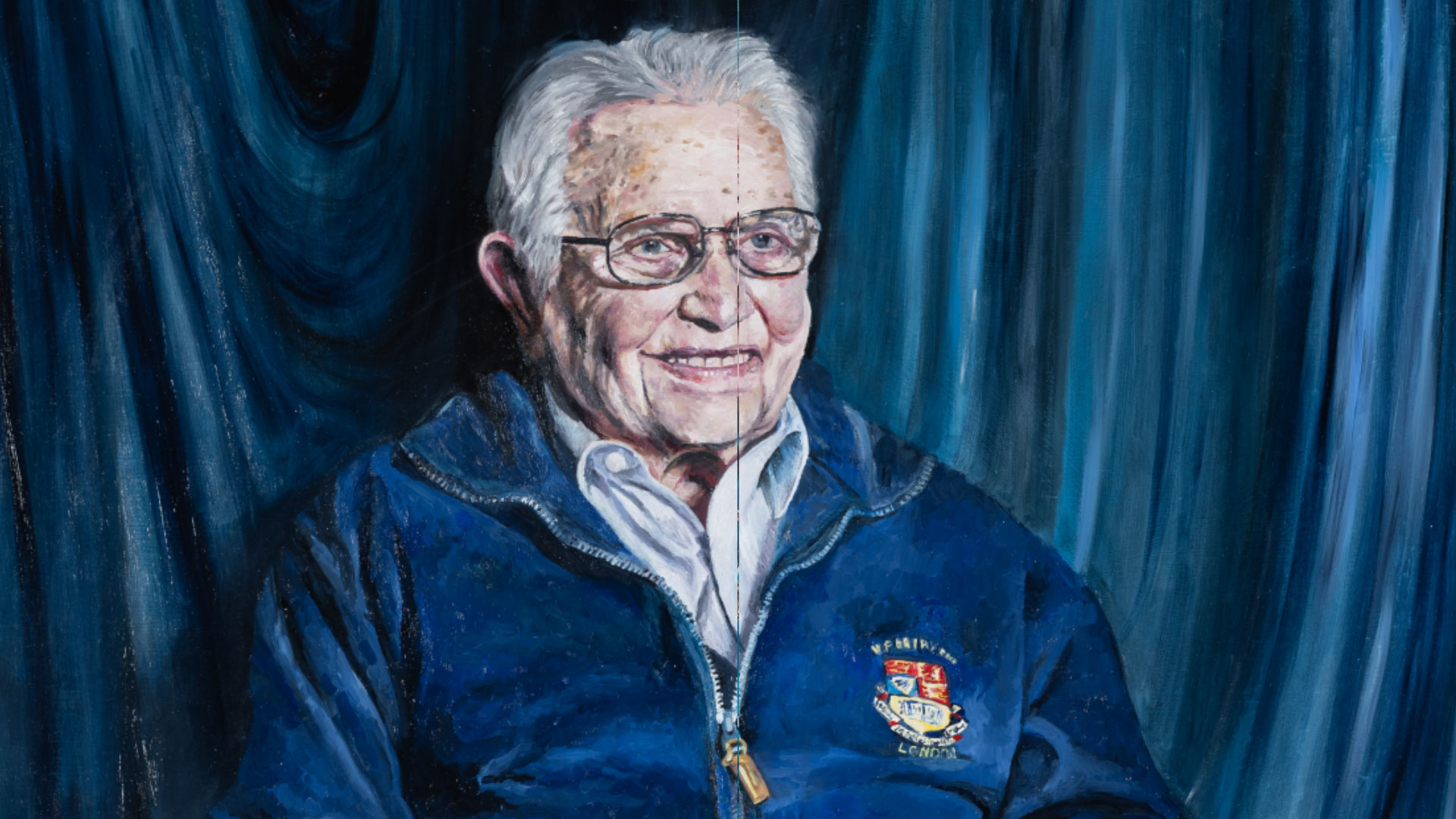
Wolf Deane
Wolf grew up an only child in Łódź, his happy life shattered by ghetto walls and years of forced labour. Auschwitz took his mother; illness claimed his father. Liberation became his true birthday. From that beginning, Wolf built an extraordinary life: studies in Israel and London, a career in engineering, and a family with his beloved Asya of 64 years. Surrounded by children and grandchildren, he chose joy, challenge in many forms, and love as his answer to loss.
Wolf Deane
Wolf grew up an only child in Łódź, his happy life shattered by ghetto walls and years of forced labour. Auschwitz took his mother; illness claimed his father. Liberation became his true birthday. From that beginning, Wolf built an extraordinary life: studies in Israel and London, a career in engineering, and a family with his beloved Asya of 64 years. Surrounded by children and grandchildren, he chose joy, challenge in many forms, and love as his answer to loss.
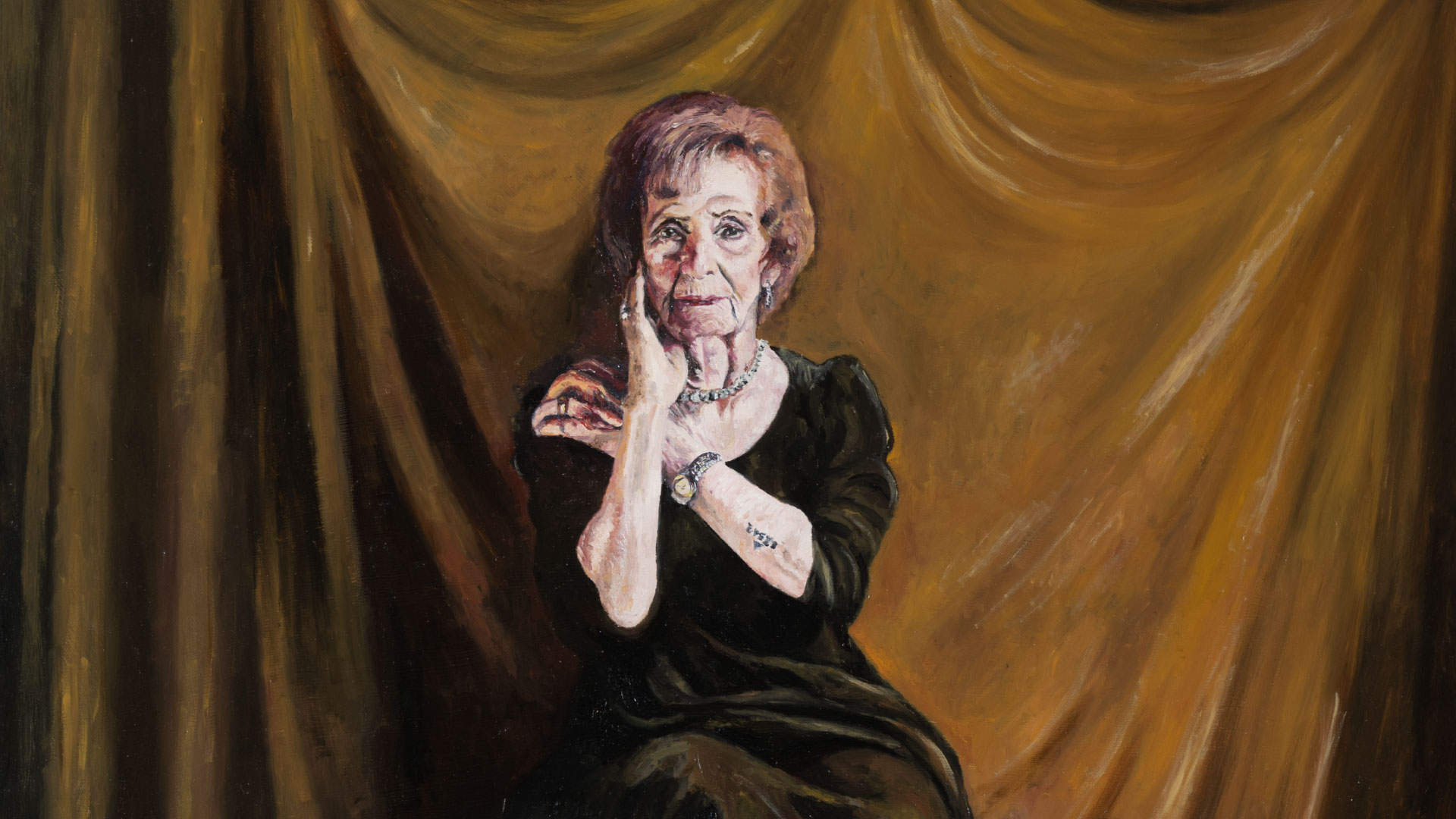
Elka Ekstein
Elka’s life was marked by bravery and endurance. She and her sister Sonia leapt from a deportation train, survived bunkers, Auschwitz, and a death march. Liberation brought not just freedom but the chance to begin again. In Melbourne, she built a family with Yosl and raised daughters, grandchildren, and great-grandchildren. Elka carries her number 74197, but she is defined by resilience and love.
Elka Ekstein
Elka’s life was marked by bravery and endurance. She and her sister Sonia leapt from a deportation train, survived bunkers, Auschwitz, and a death march. Liberation brought not just freedom but the chance to begin again. In Melbourne, she built a family with Yosl and raised daughters, grandchildren, and great-grandchildren. Elka carries her number 74197, but she is defined by resilience and love.
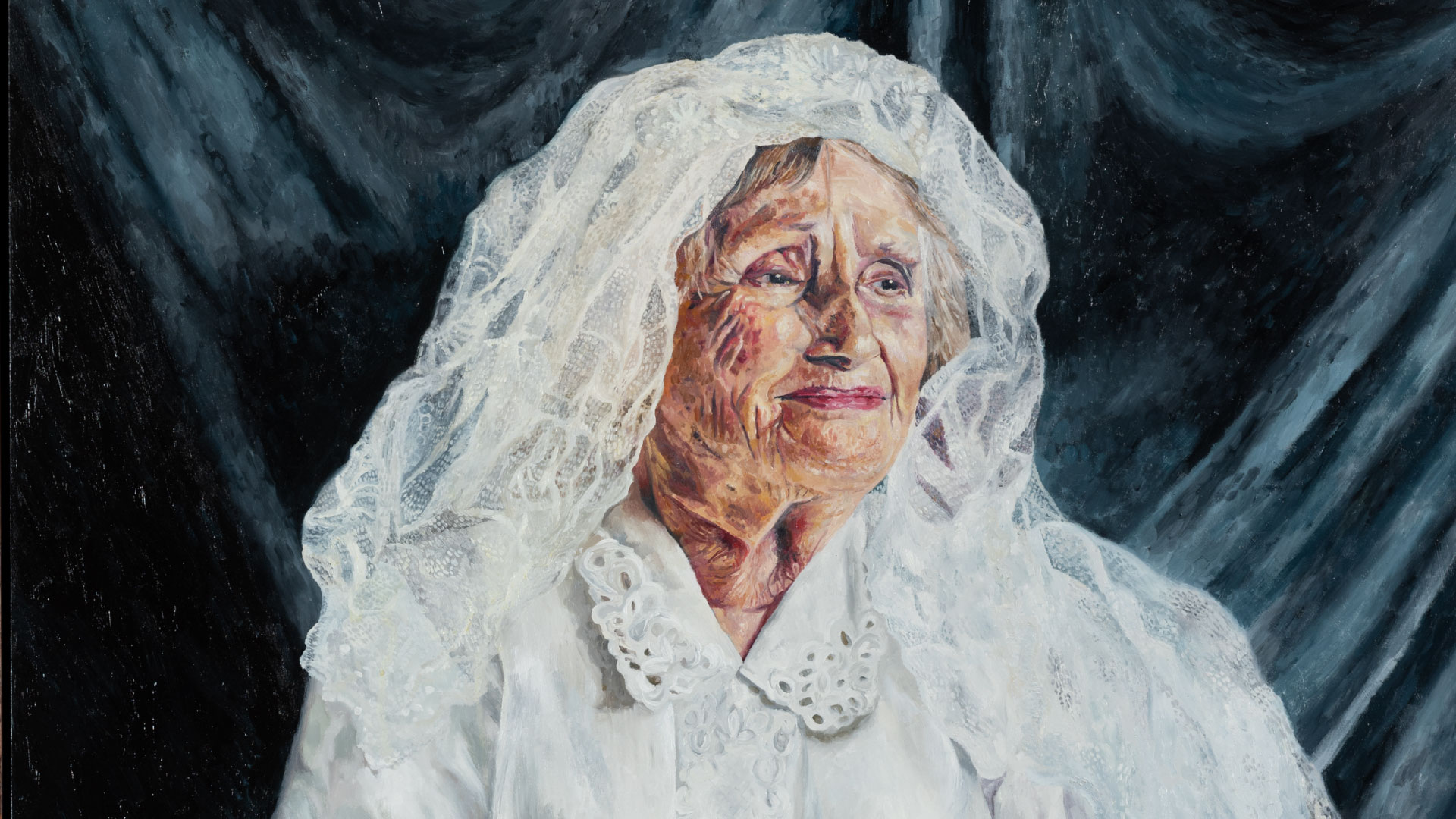
Sally Felzen
Sally’s presence is gentle but deeply strong. A survivor who faced profound loss, she created a life of family and continuity. Her quiet grace, passed down through generations, is proof that even after devastation, love remains possible. Wearing her wedding veil, Sally transports us to a moment of pure hope and heart.
Sally Felzen
Sally’s presence is gentle but deeply strong. A survivor who faced profound loss, she created a life of family and continuity. Her quiet grace, passed down through generations, is proof that even after devastation, love remains possible. Wearing her wedding veil, Sally transports us to a moment of pure hope and heart.
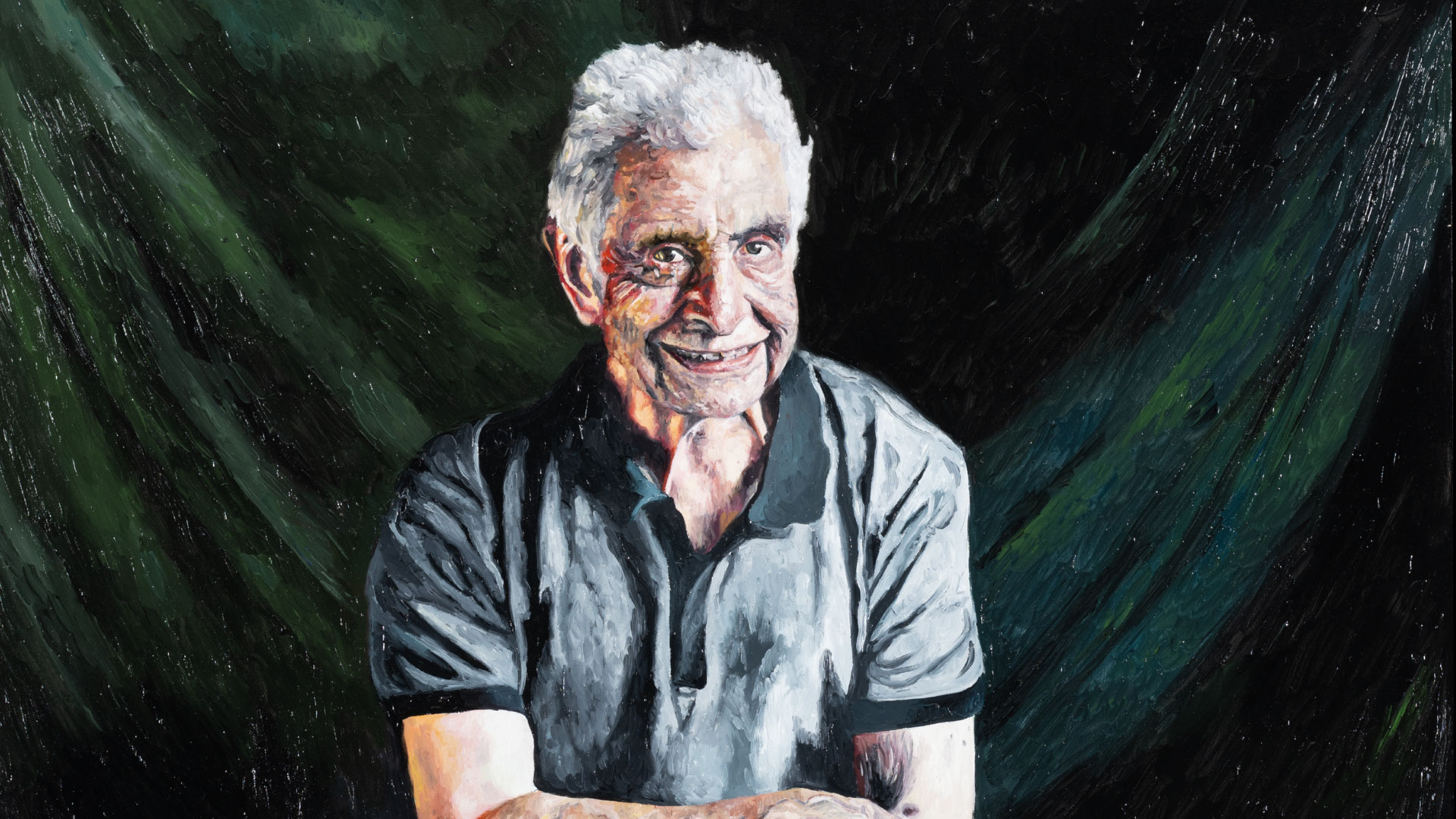
Ken Hamer
Born in Łódź, Poland in 1937, Ken survived the war in hiding with his mother and sister, sheltering in forests and bunkers until liberation in 1944. Reunited with his father, the family left Poland and arrived in Australia just before his tenth birthday. Despite a lost childhood, Ken thrived – building lifelong friendships, marrying Gerry, and raising three children and two grandsons. Known for his humour, generosity, and community spirit, Ken’s life is defined by resilience and love.
Ken Hamer
Born in Łódź, Poland in 1937, Ken survived the war in hiding with his mother and sister, sheltering in forests and bunkers until liberation in 1944. Reunited with his father, the family left Poland and arrived in Australia just before his tenth birthday. Despite a lost childhood, Ken thrived – building lifelong friendships, marrying Gerry, and raising three children and two grandsons. Known for his humour, generosity, and community spirit, Ken’s life is defined by resilience and love.
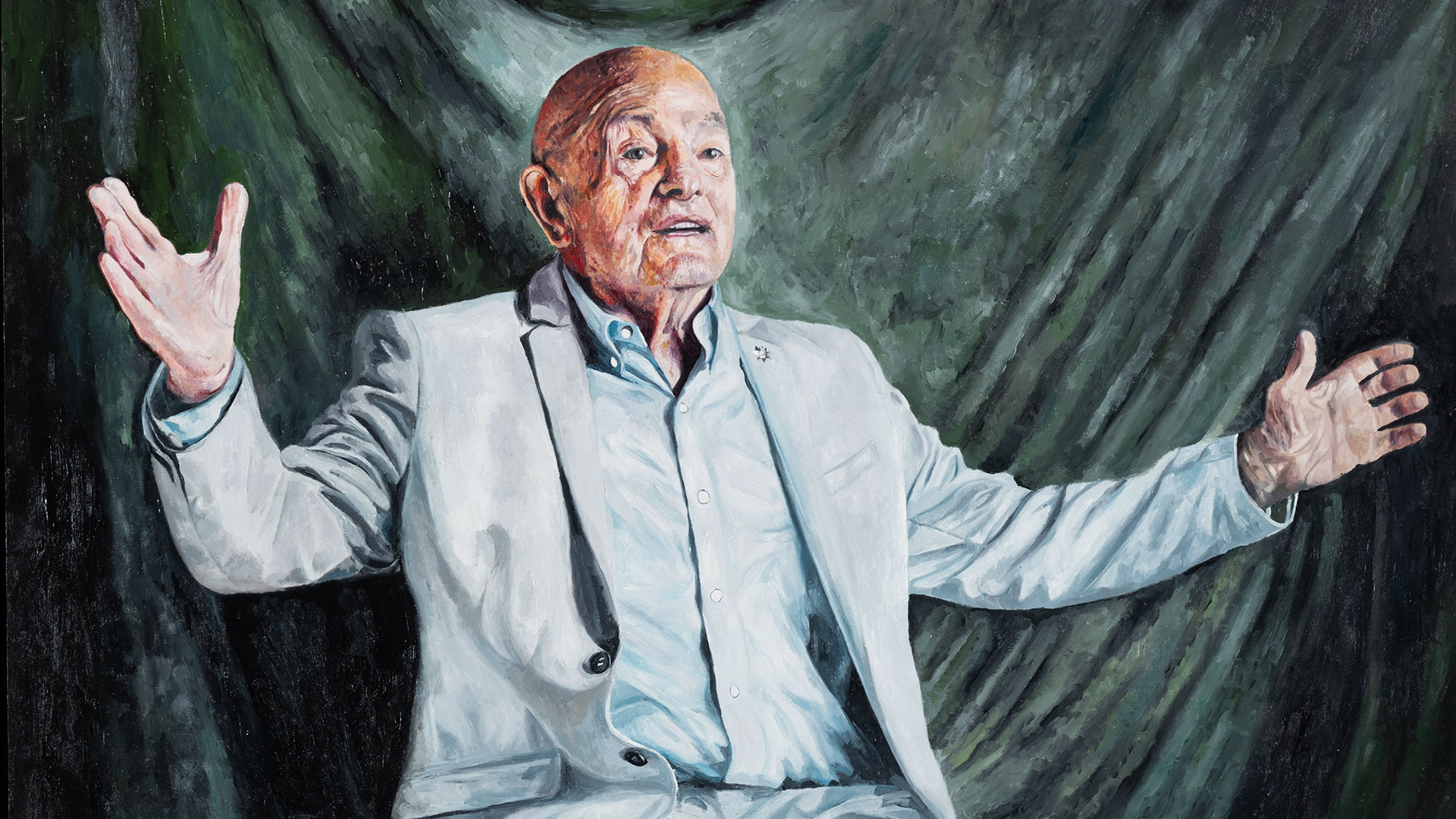
Berni Hamersfeld
Berni was born in Brzesko, Poland in 1936. When the bombings began, his family escaped by horse and carriage – a stroke of fortune that carried them through Lvov, into Russian work camps in Siberia, and finally to Uzbekistan. In 1950 he arrived in Australia aboard The Napoli, beginning again on new soil. Now 89, Berni carries the weight of a traumatic childhood, yet is best known for his joie de vivre – a spirit that refuses to be diminished.
Berni Hamersfeld
Berni was born in Brzesko, Poland in 1936. When the bombings began, his family escaped by horse and carriage – a stroke of fortune that carried them through Lvov, into Russian work camps in Siberia, and finally to Uzbekistan. In 1950 he arrived in Australia aboard The Napoli, beginning again on new soil. Now 89, Berni carries the weight of a traumatic childhood, yet is best known for his joie de vivre – a spirit that refuses to be diminished.

Vivienne Spiegel
Vivienne wore polka dots for our portrait - a tribute to the last image of a loved one. At six she read aloud the letter that sent her father away forever. She escaped the Velodrome roundup that claimed thousands of children, and was hidden by Catholic farmers until the war ended. Orphaned and displaced, she built her life again in Australia. In her nineties, she still speaks for those who never could.
Vivienne Spiegel
Vivienne wore polka dots for our portrait - a tribute to the last image of a loved one. At six she read aloud the letter that sent her father away forever. She escaped the Velodrome roundup that claimed thousands of children, and was hidden by Catholic farmers until the war ended. Orphaned and displaced, she built her life again in Australia. In her nineties, she still speaks for those who never could.

Luba Olenski
In August 1943, twelve-year-old Luba Frank jumped from a cattle train packed with men, women and children bound for the Treblinka death camp. She had already survived two traumatic years in the Bialystok Ghetto in the care of virtual strangers. Famished and terrified, she wandered alone through fields and villages for five and a half weeks, begging by day and huddling in the forest at night. With no survival skills she lived just long enough to be rescued by a group of Jewish partisans who brought her back to their hiding place deep in the Bransk forest. Rebuilding a new life in Australia with her husband Duvche, Luba ensured that the three generations of descendants who lovingly surround her will carry her legacy forward.
Luba Olenski
In August 1943, twelve-year-old Luba Frank jumped from a cattle train packed with men, women and children bound for the Treblinka death camp. She had already survived two traumatic years in the Bialystok Ghetto in the care of virtual strangers. Famished and terrified, she wandered alone through fields and villages for five and a half weeks, begging by day and huddling in the forest at night. With no survival skills she lived just long enough to be rescued by a group of Jewish partisans who brought her back to their hiding place deep in the Bransk forest. Rebuilding a new life in Australia with her husband Duvche, Luba ensured that the three generations of descendants who lovingly surround her will carry her legacy forward.

Alex (Sany) Heimler
Born in Beled, Hungary in 1924, Alex (Sany) survived the Holocaust before reuniting with his beloved Leah (Puci). They married in 1946, welcomed their daughter Judy in 1948, and began a new life in Australia in 1957. A mechanic by trade, Alex built not only work but a rich circle of family and friends. His greatest joy was their holiday home near Yarrawonga, where waterskiing, boating, and laughter filled the days. Now in his later years, still active and curious, he carries one message above all: never forget. His life is testament to survival, love, and the enduring light of memory.
Alex (Sany) Heimler
Born in Beled, Hungary in 1924, Alex (Sany) survived the Holocaust before reuniting with his beloved Leah (Puci). They married in 1946, welcomed their daughter Judy in 1948, and began a new life in Australia in 1957. A mechanic by trade, Alex built not only work but a rich circle of family and friends. His greatest joy was their holiday home near Yarrawonga, where waterskiing, boating, and laughter filled the days. Now in his later years, still active and curious, he carries one message above all: never forget. His life is testament to survival, love, and the enduring light of memory.
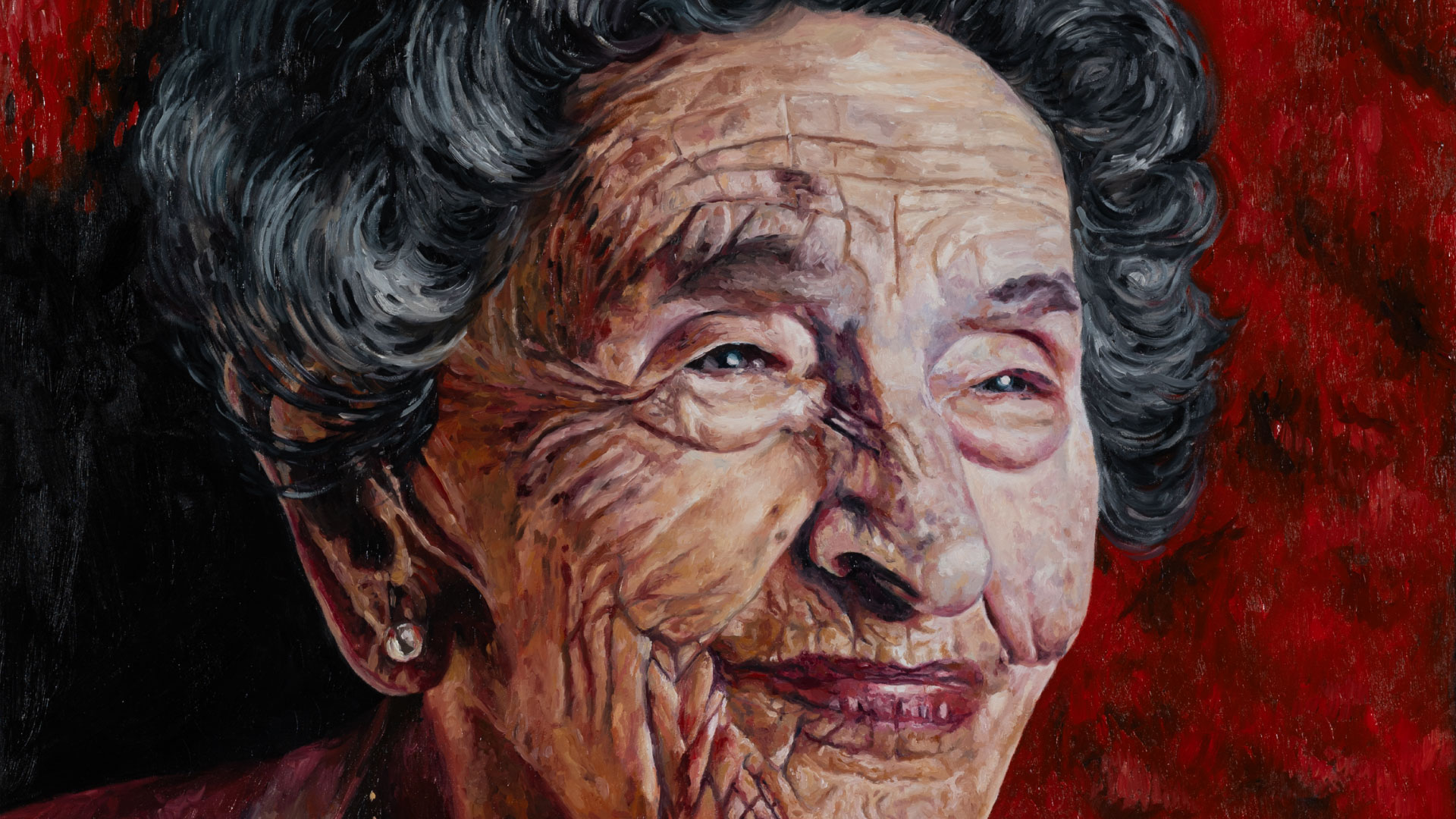
Magda Steiner
Magda’s presence was luminous. A survivor of Auschwitz and Allendorf, she carried herself with knowing strength and extraordinary dignity. When I first met her, I was struck by her beauty - ageless and utterly disarming. After the war she began again in Melbourne with her husband Erno, raising daughters and building a family rooted in resilience and love. Beyond her own home, Magda gave herself to the Jewish community, remaining a passionate advocate and a cherished matriarch until the very end of her long life.
Magda Steiner
Magda’s presence was luminous. A survivor of Auschwitz and Allendorf, she carried herself with knowing strength and extraordinary dignity. When I first met her, I was struck by her beauty - ageless and utterly disarming. After the war she began again in Melbourne with her husband Erno, raising daughters and building a family rooted in resilience and love. Beyond her own home, Magda gave herself to the Jewish community, remaining a passionate advocate and a cherished matriarch until the very end of her long life.
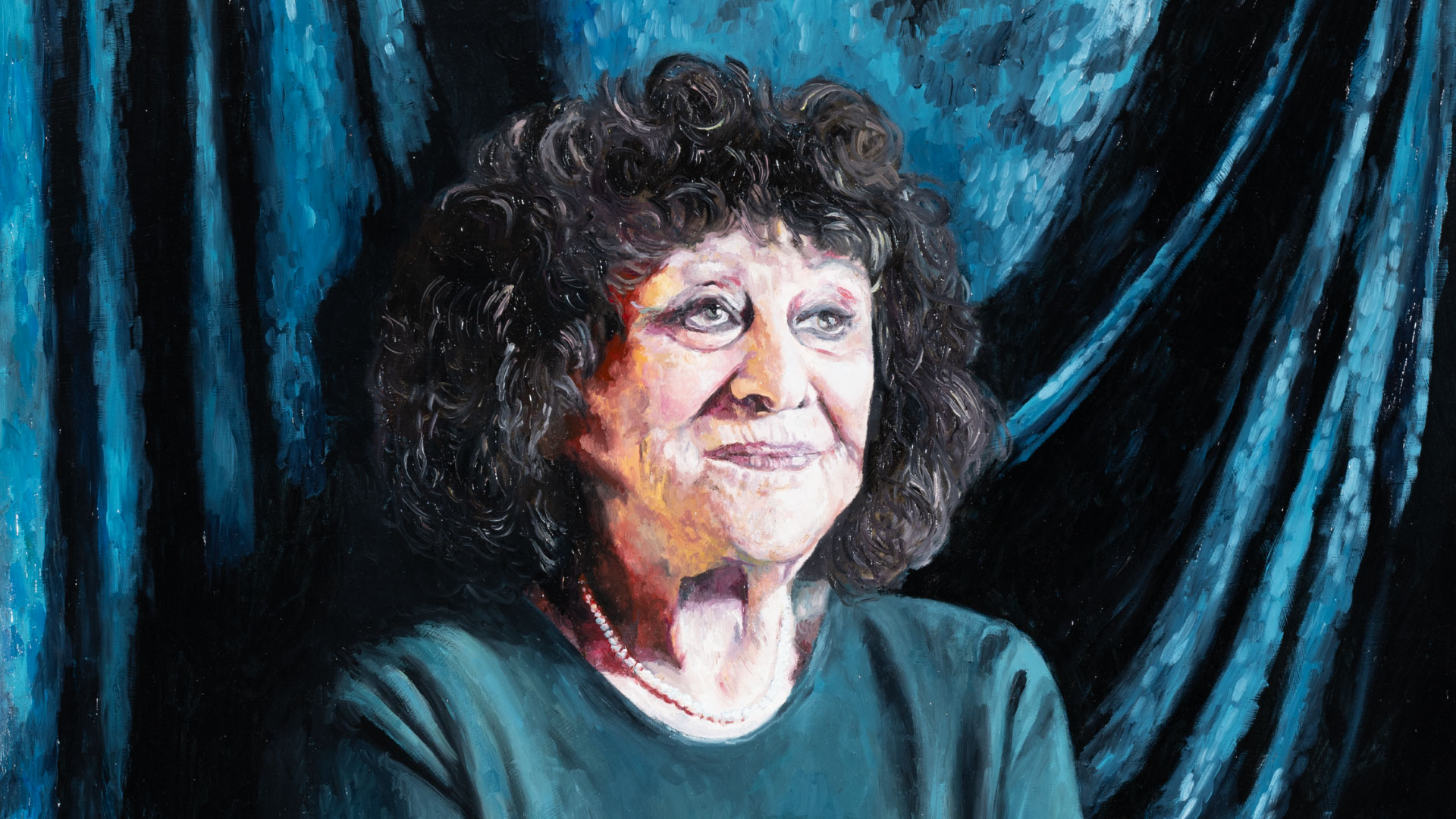
Celina Widawski
Celina’s childhood was uprooted by war. Her family fled ghettos, hid under false identities, and lived with constant fear of betrayal. Her father perished, but she, her mother, and sister survived. Later in Melbourne, she wrote her story with detail and care – giving future generations a way to understand her journey.
Celina Widawski
Celina’s childhood was uprooted by war. Her family fled ghettos, hid under false identities, and lived with constant fear of betrayal. Her father perished, but she, her mother, and sister survived. Later in Melbourne, she wrote her story with detail and care – giving future generations a way to understand her journey.